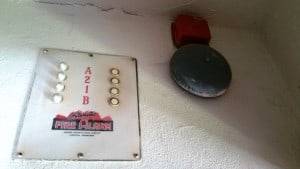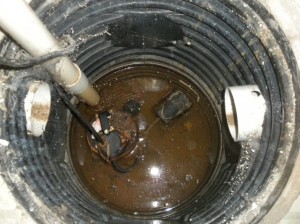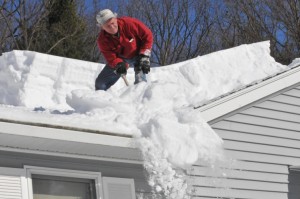Key Characteristics of a Great Inspector
 First, an inspector does not become great until they have experience. Experience comes from ‘hands on’ inspections. Classroom training is important, but until you have inspected at least 250 homes you would not have the judgement to distinguish a big problem from a small problem.
First, an inspector does not become great until they have experience. Experience comes from ‘hands on’ inspections. Classroom training is important, but until you have inspected at least 250 homes you would not have the judgement to distinguish a big problem from a small problem.
Second, successful home inspectors are professional. Your first contact with an inspector will come from either a website or a phone conversation. A quality home inspector will have both a professional, easy to navigate interactive website and an experienced personable support person able to answer your questions. Professional inspectors use the same consistent care from start to finish; they understand that at every touch point the customer will judge the quality of their service.
Third, the best inspectors have communication skills. A home inspection is an experience and making it pleasant is the key to a great inspection. Home buyers and sellers are anxious and excited; a cool, calm, matter of fact inspector is best suited to be fair and balanced with any problems that are discovered.
Don’t settle for anything less than the best.
![]() Doug Hastings
Doug Hastings
MN Home Inspector, Minneapolis & St. Paul
ASHI Certified Inspector, ACI
Kaplan University, Home Inspection Lead Instructor















